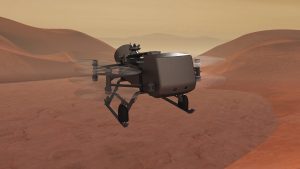July 1969 was the month that the first people walked on the Moon. 12 people walked on the surface of our celestial neighbour between 1969 and 1972. Since then, humanity has been confined to low-Earth orbit. There is talk of sending people back to the Moon, on timescales that vary depending on who you talk to. There’s also talk of missions to Mars, possibly in the next few decades.
But for the vast majority of the last 50 years, our exploration has been through our robotic envoys, sent to all manner of planets, moons, comets and asteroids. Some have whizzed by, while others have gone in to orbit. Some have landed on the surface, and a small number have roved or hopped around. The missions have come from a large number of nations, initially the US and Russia, and how Japan, China, Israel and Europe – including, of course, the UK.
So what does the future hold for robotic exploration? Where are we sending spacecraft next and why? Dr Colin Wilson, from the University of Oxford, explains what we’ve learned from just a few of our robotic explorers, and where they might take us in the future. We discuss past, present and future missions to both Venus and Mars, and an exciting prospect of a quadcopter on Titan.
An extended edition of an original broadcast on 1st August 2019 as part of Pythagoras’ Trousers on Radio Cardiff.






